
Nijar, Almeria Spain
Handcrafted, rugs, porcelain, Spanish rugs are on sale in Nijar
The village of Nijar is noted for its local arts and crafts. It is famous for its wide selection of handcrafted pottery, bed covers, ceramic and traditional Spanish woven rugs jarapas. Nijar village is situated in the foothills of the Sierra Alhamilla, approximately 32 km north of Almeria City. It is a beautiful Moorish town with a labrynthine of narrow streets and whitewashed houses which offers the visitor a flavour of the 'real Andalusia' with reasonably priced bars and restaurants, and shops selling affordable hand made crafts in the form off rugs, blankets, clothing and beautifully glazed traditional pottery.
Nijar Municipal
The Municipal area of Nijar is the fourth largest in Spain and lies in the eastern part of Almeria. It extends from the Sierra Alhamilla to the sea and comprises the Sierra de Cabo de Gata and the Compos de Nijar, with a straight-line distance of 25 km. The nearby mountains are important to the area commercial, with the mining of lead, iron and manganese while the fertile plains, watered by the River Artal, yield an abundance of wheat, fruit, olives and esparto grass. The area's popularity with tourists is due to the manufacturing of fine porcelain, woollen goods and cotton goods which are on sale in the small Moorish town of Nijar.
The most important feature of the Nijar municipal area is Almeria's Cabo de Gata-Nijar Natural Park. The park was the first protected land and sea area in Andalusia. Its unique scenery includes; the only mountains of volcanic origin on the peninsula, a beautiful coastal strip with dunes, fine beaches and saltworks and miles of protected sea which are rich in sealife.
Buildings of interest
The town's most important building is the Mudejar Parish Church of Santa Maria. Built in the 16th century as a defence tower and added too later to create a religious building. The main features to look for are the stone eagle at the back of the tower which was commissioned by Carlos 1st, a wonderful image of Alonso Cano of 'la Purisima Concepcion Immaculada' and the beautifully crafted Mudejar woodwork.


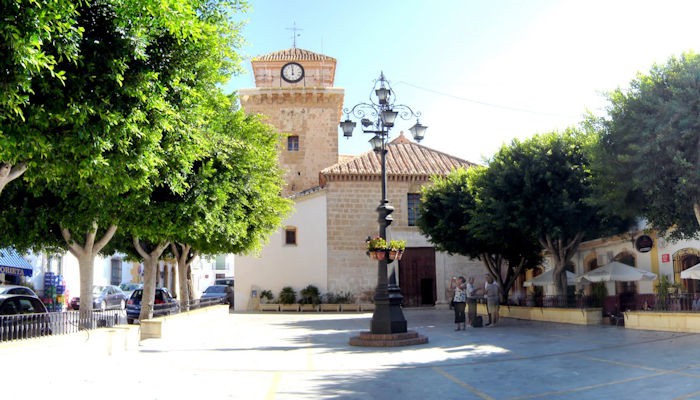
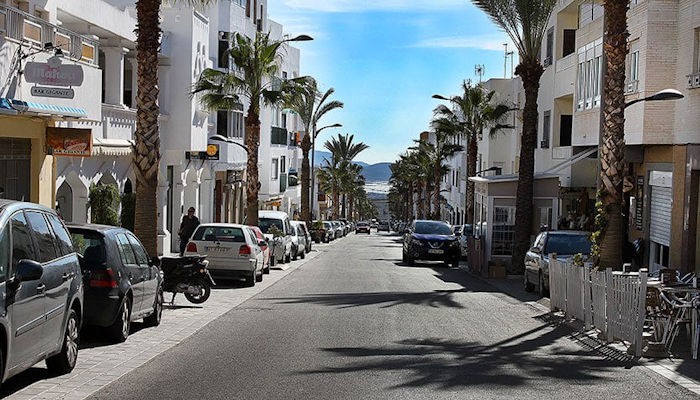

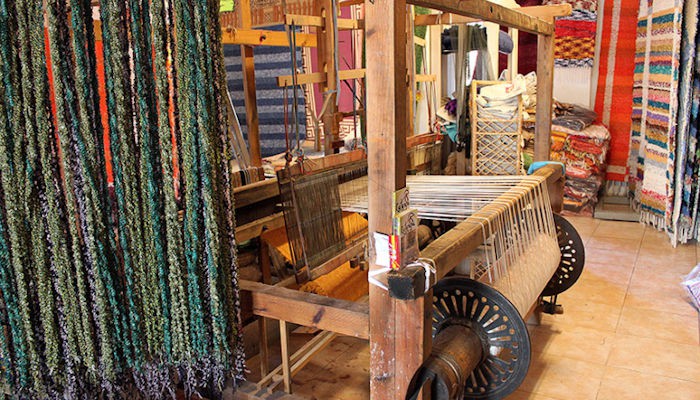

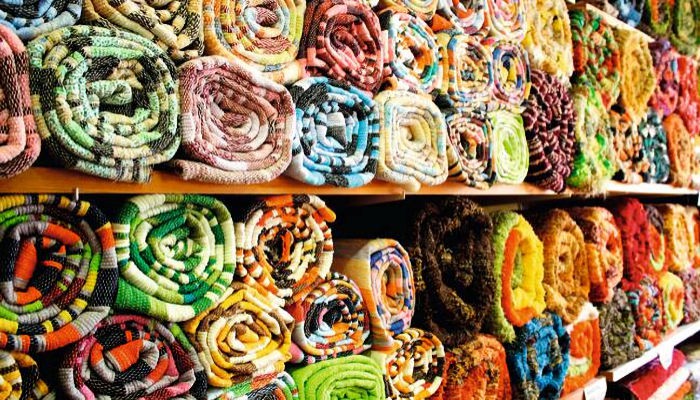
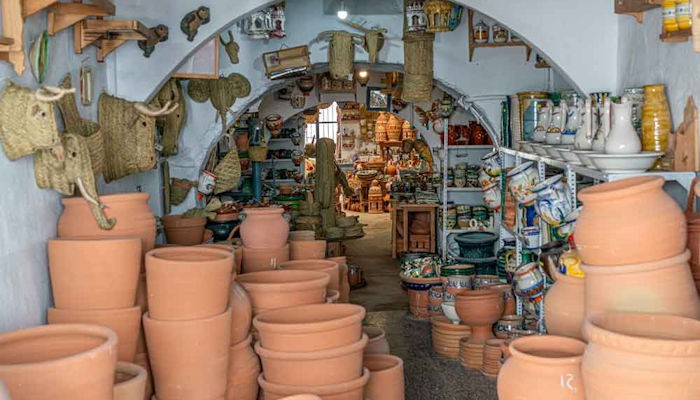
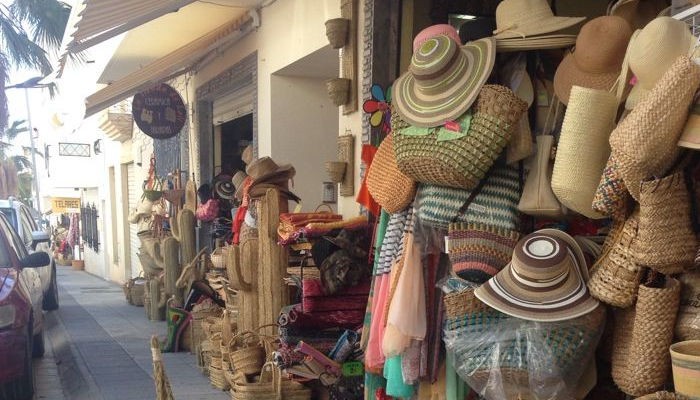
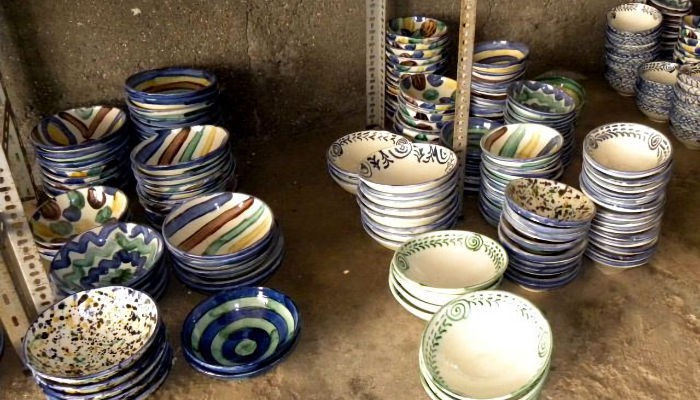
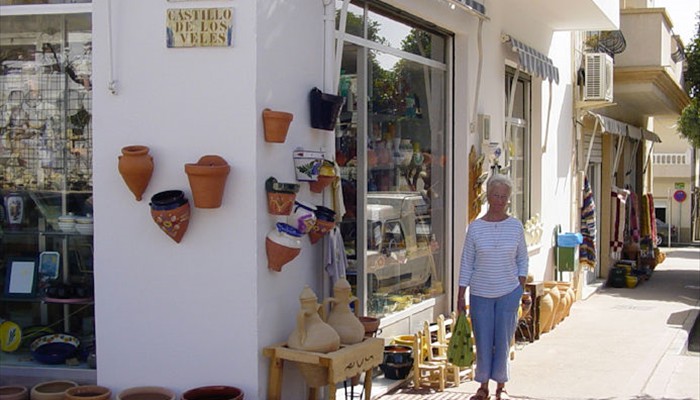
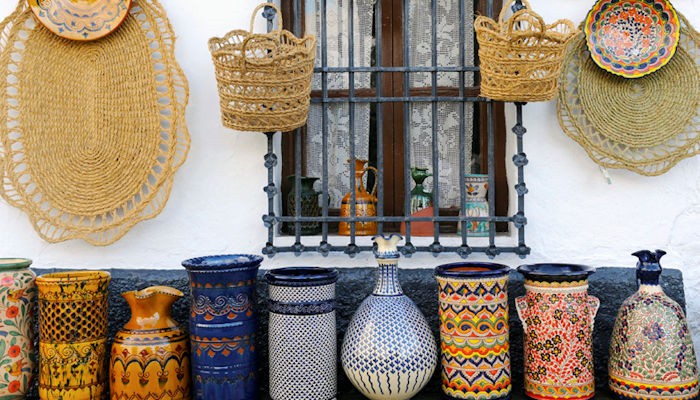
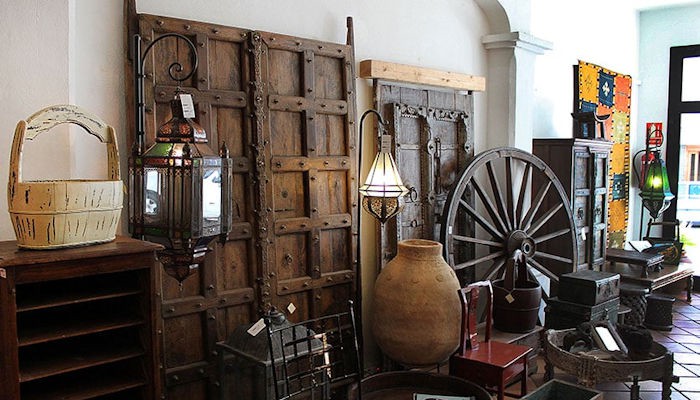
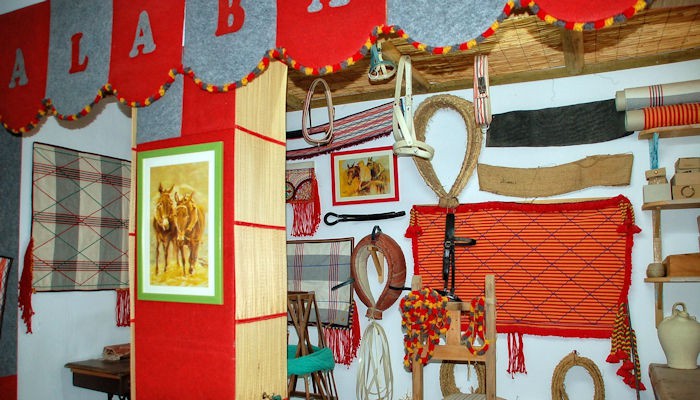
 1
1 2
2 3
3 4
4 5
5 6
6 7
7 8
8 9
9 10
10 11
11 12
12 13
13 14
14